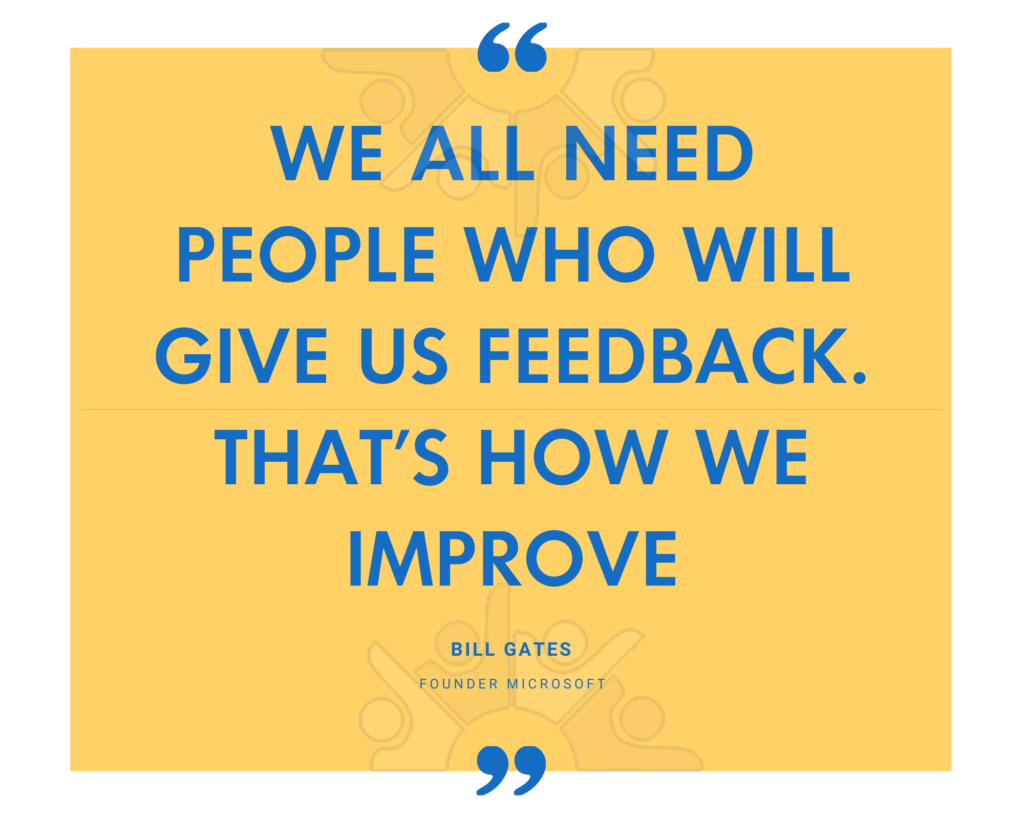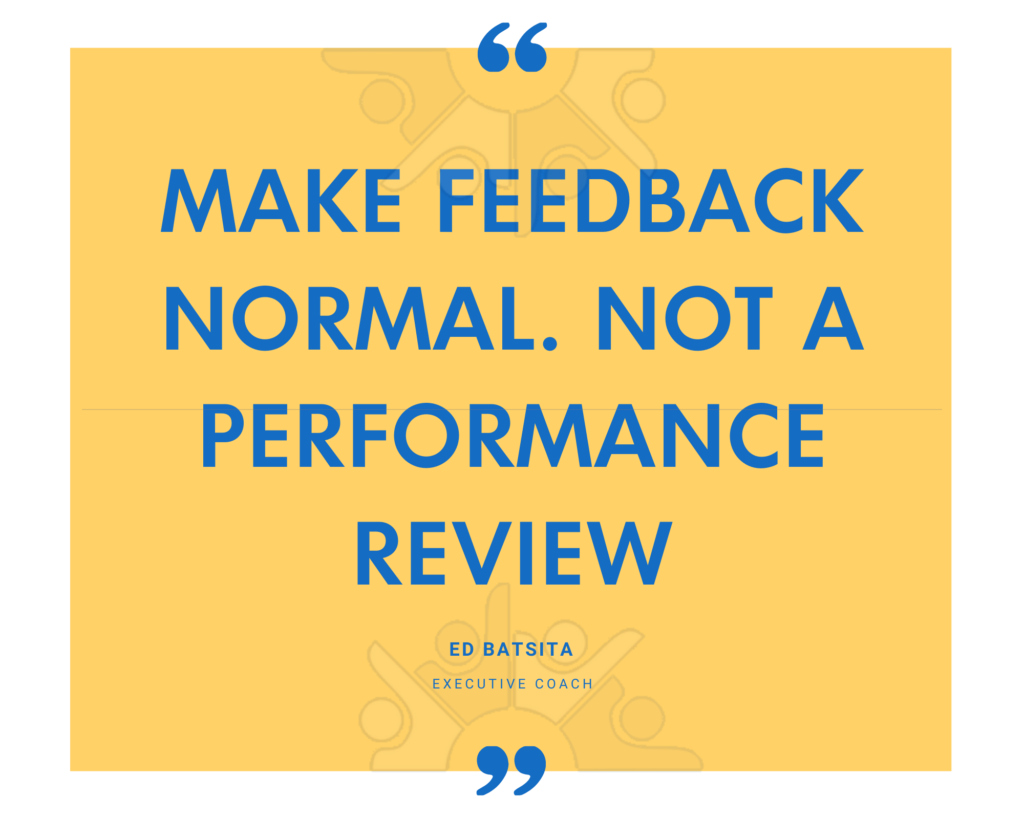Feedback can be a powerful tool for boosting performance. Get it right and teams and employees will deliver above and beyond, achieving targets and bringing fresh ideas and innovations to your company.
Here’s how you can optimize your performance management by Incorporating these five simple but effective feedback techniques.

1. Give your feedback an EDGE
Dawn Sillett outlines the EDGE feedback framework in The Feedback Book. An acronym for Explain, Describe, Give and End Positively, it provides a structure for feedback that improves clarity and provides actionable results.
Each component of EDGE is geared towards improving sustained performance.
Explain
Feedback should first make sure to articulate the reasons why the behaviour and actions have led to the feedback. Whether the feedback is positive or negative, nail the detail and specific actions, sticking only to the facts and avoiding going off-topic.
Describe
Next, describe the effects of their behaviour and actions, for instance how it has affected other colleagues or team efforts, or the impact on production or sales. Pay close attention to the reactions of others so you can understand the details.
Give
After you’ve explained the actions which prompted the feedback and described their effects, it’s time to give your employee the opportunity to voice their perspective. They might have new information to bring to the conversation which provides a fresh context and sheds new light on the situation.
Ask them what actions they intend to take moving forwards, or how they will change (or continue) the behaviour. It’s also an opportunity for employees to take responsibility for their actions, or take credit and acknowledge the part played by colleagues.
End positively
Finally, end the feedback session on a positive note, reaffirming any commitments made moving forward and thanking them for the conversation. Make it clear that you are available for any additional follow-up discussions, and if ongoing meetings are necessary, schedule these in a performance management suite along with any other notes from the feedback session.
Download your free guide to improving employee retention
2. Conduct regular 1-2-1 meetings and check-ins
In 2017 Forbes reported on several studies which demonstrated the link between a strong culture of feedback throughout a company’s hierarchy with improved engagement and performance. These studies revealed that four out of 10 workers are actively disengaged when they get little or no feedback, while 43% of highly engaged employees receive feedback at least once a week as opposed to 18% of low engagement employees.
Many businesses are still trapped in the mindset of annual performance review, but with 82% of employees appreciating positive and negative feedback, regular 1-2-1 meetings and check-ins between managers and employees are crucial for companies eager to maximise the benefits of consistent feedback. They’re also a great opportunity to discuss any ideas and innovations employees might want to contribute to the company.
Using ongoing and regular check-ins allows managers and employees to talk about work progress, goals and performance and address any issues before they get out of hand. With 80% of Millennials preferring on the spot recognition over formal reviews, making regular feedback a core component of your company’s culture is essential for successful businesses in the 21st century.

3. Use 360 feedback
360 feedback – sometimes referred to as multi-rater feedback – is the technique of gathering feedback from multiple sources in order to get a better idea of the bigger picture. Supervisors, colleagues, peers and other members of the organization are invited to provide additional information and offer their perspectives to build a holistic overview of performance.
Companies should establish ground rules for 360 feedback, for instance in what instances this feedback is anonymous or not, who gets to see the feedback, and what rating scale to use. Seek out feedback from employees with a range of skills and experiences is an effective way to help boost the skills of those receiving the feedback and gain insights into how their role impacts the rest of the organization.
360 feedback alone isn’t enough but incorporated into a broader performance management process it becomes a highly effective development tool.
4. Establish an optimal feedback ratio
In her book Positivity, Barbara Fredrickson discusses a ratio of 3:1 in favour of positive feedback as the optimal balance for delivering the best performance results. Additional research conducted by academic Emily Heaphy and consultant Marcial Losada into The Role of Positivity and Connectivity in the Performance of Business Teams suggests that the ideal ratio should be 5.6 to 1.
Whichever ratio you decide to adopt, the key takeaway is that weighting positive feedback over negative feedback is the best practice for improving individual and team performance. Emphasizing positive feedback helps build a strong culture of learning while breeding a confident, “can-do” mindset in employees.
5. Align feedback to objectives and key results (OKRs)
Tracking your objectives and key results (OKRs) is a crucial component of effective performance management. Aligning your feedback mechanisms directly to these goals via a performance management suite brings a new level of focus and immediacy, allowing managers to interact directly with teams and employees as and when any issues arise.
Drawing upon the various feedback techniques outlined above while running them through performance management tools is a surefire way to boost continuous performance improvement in your company.







